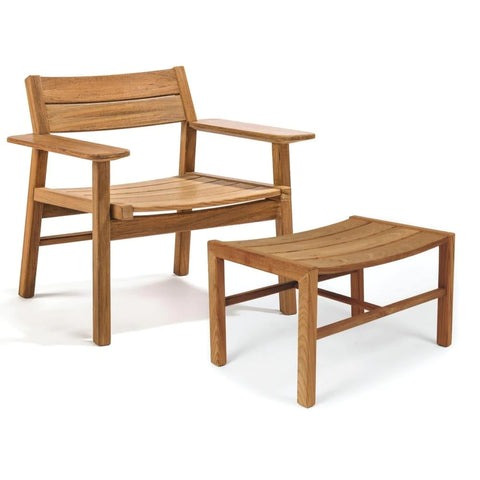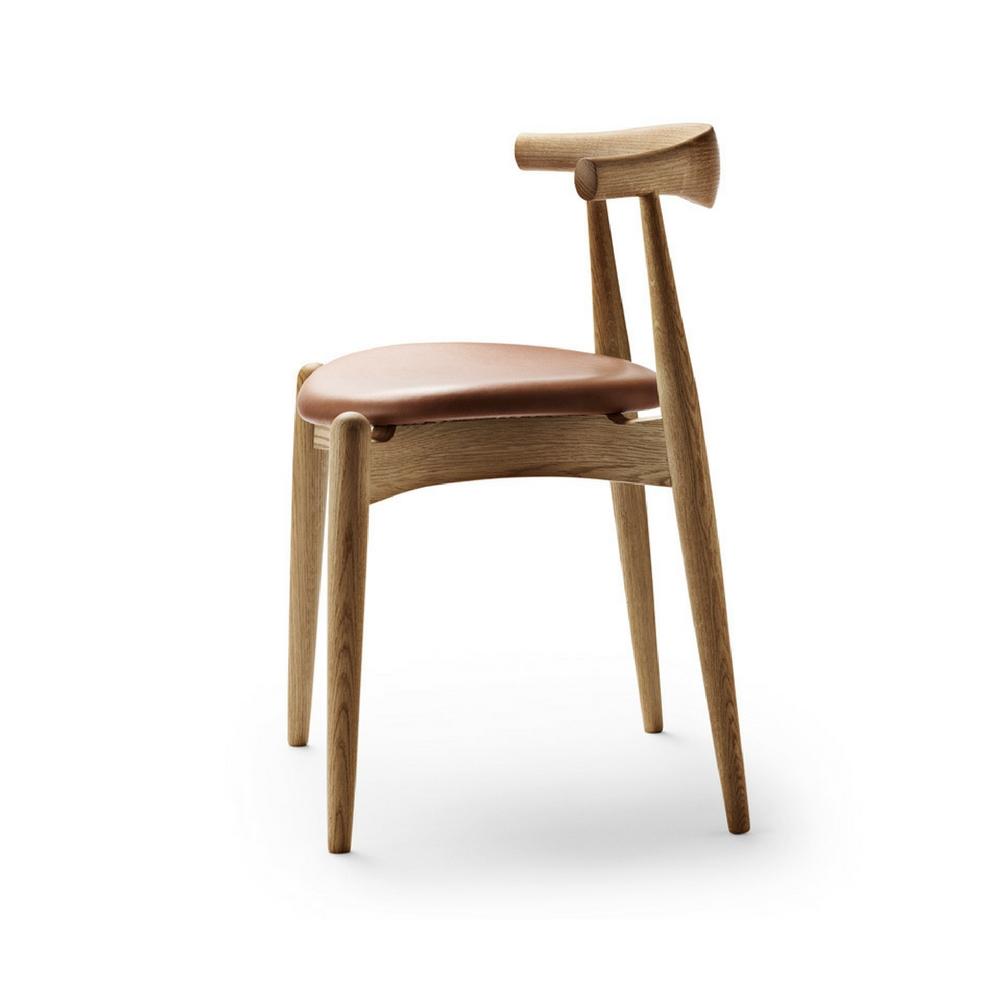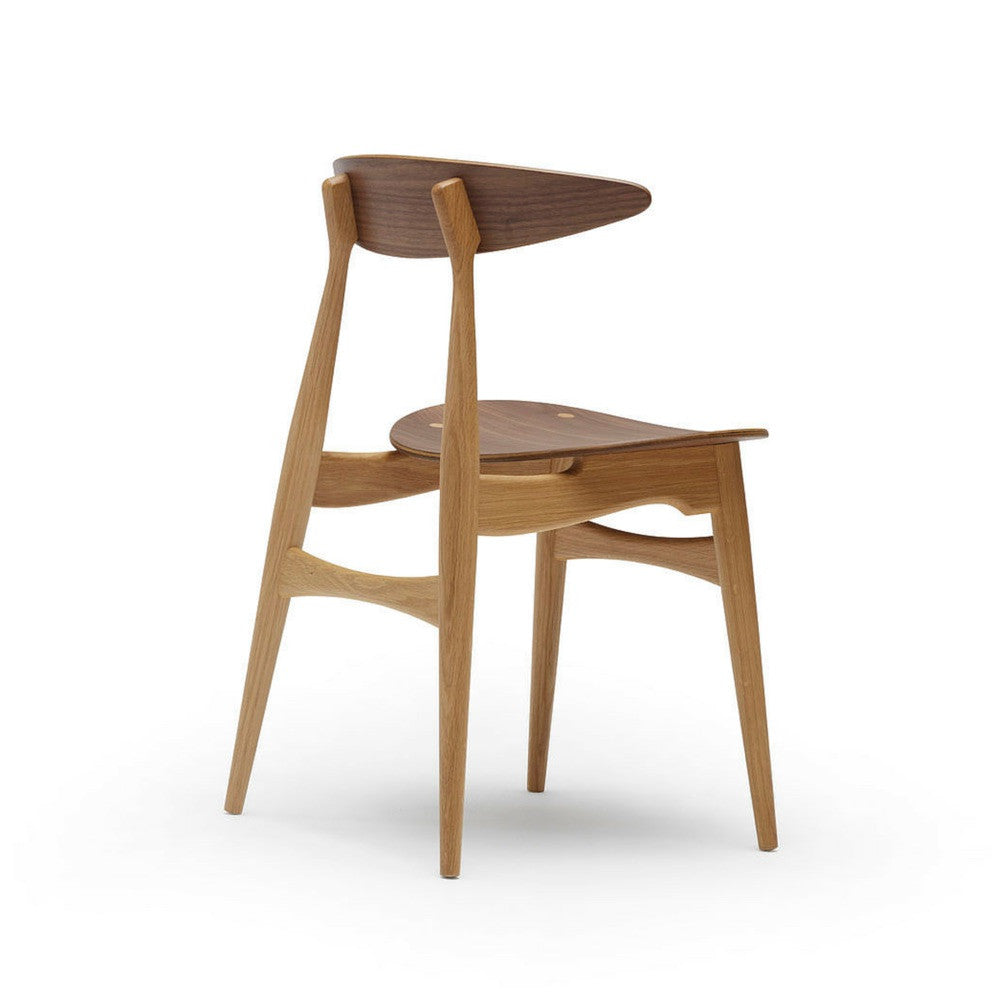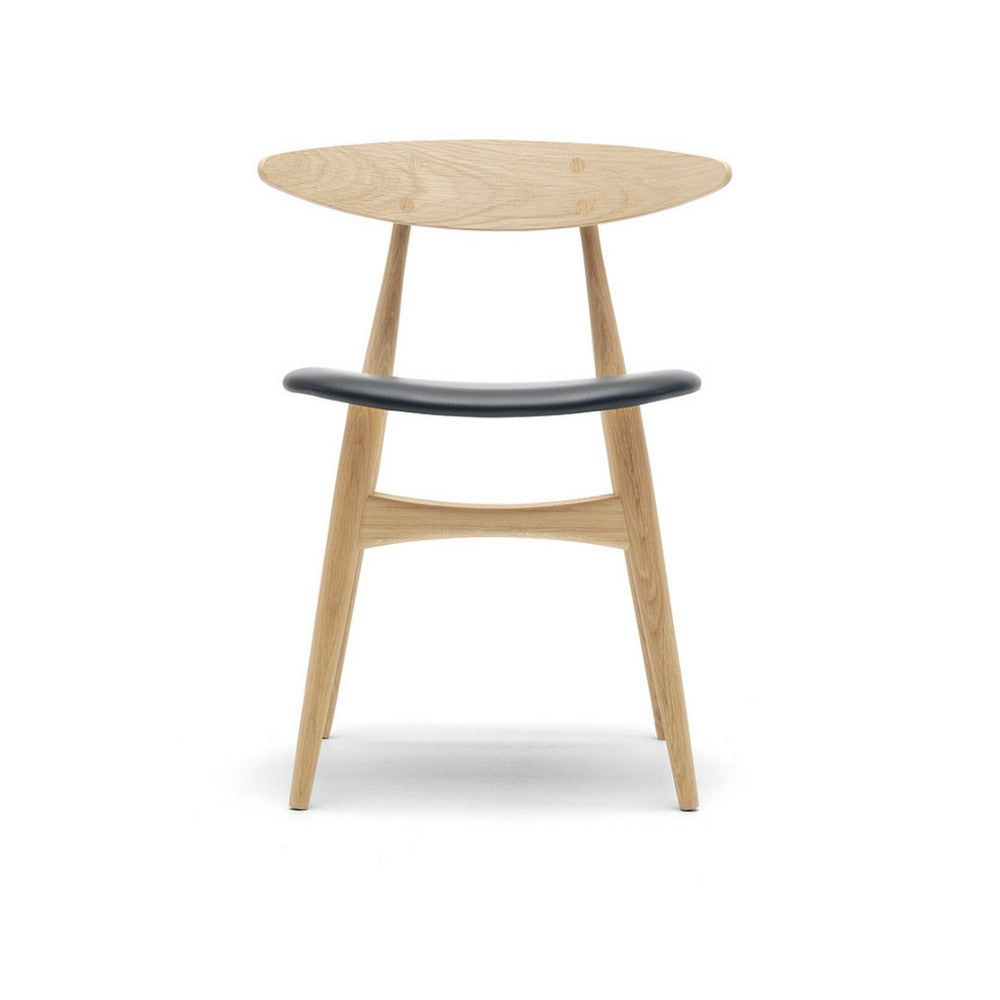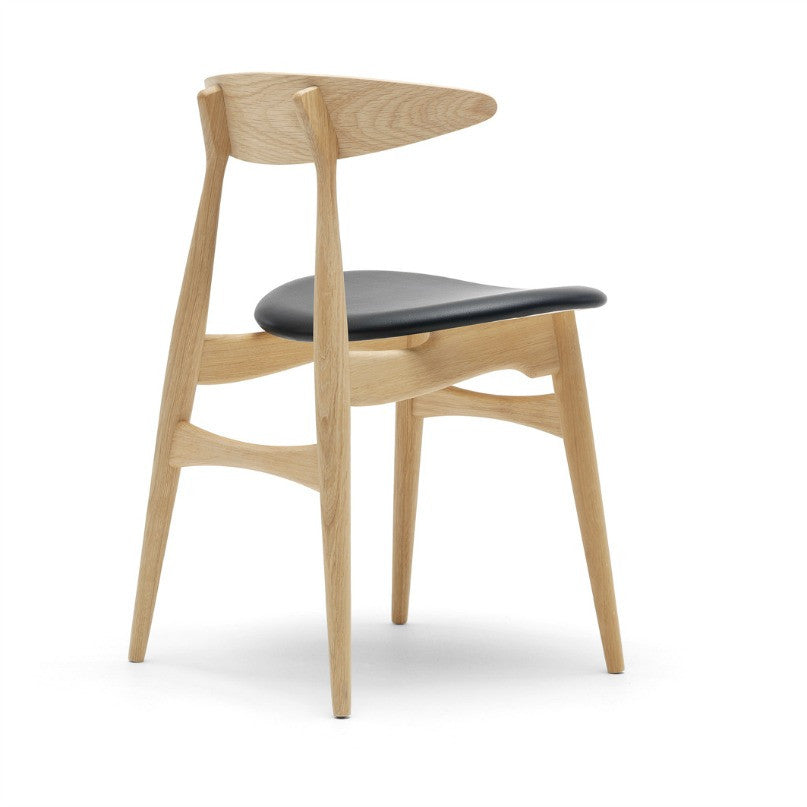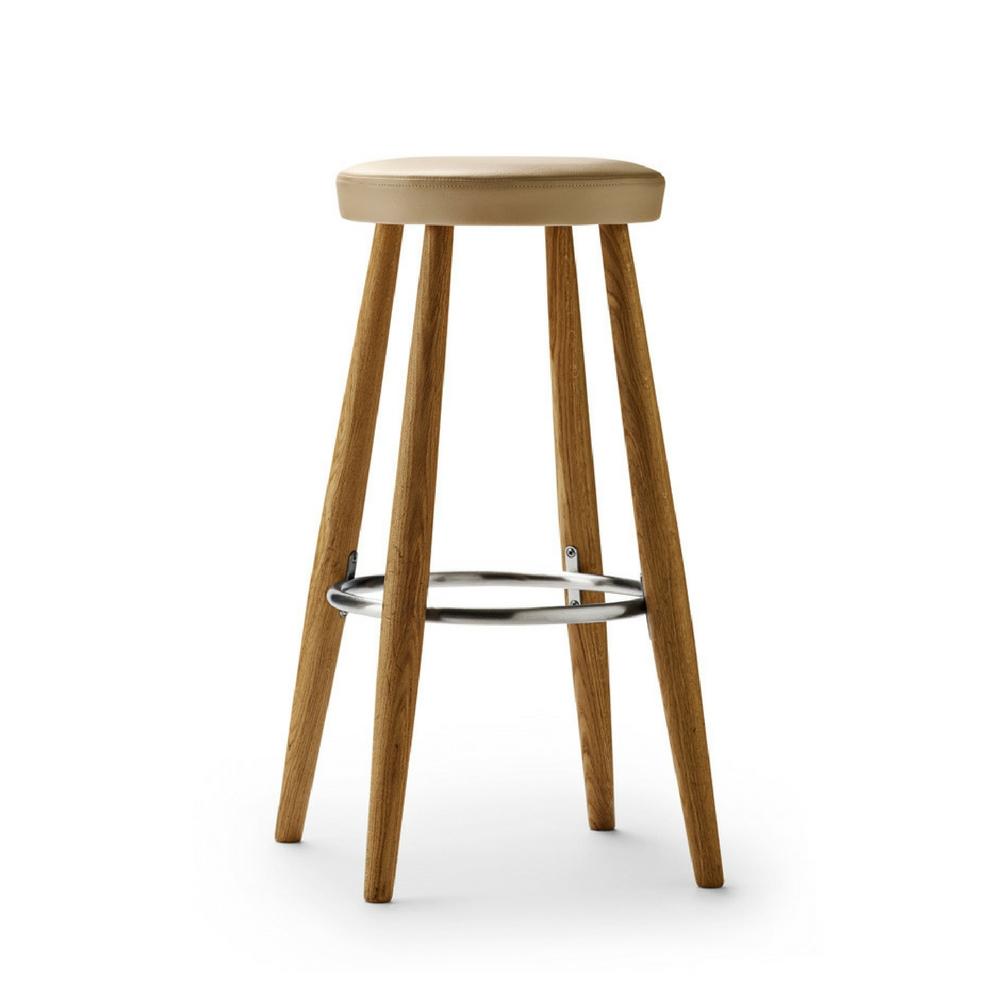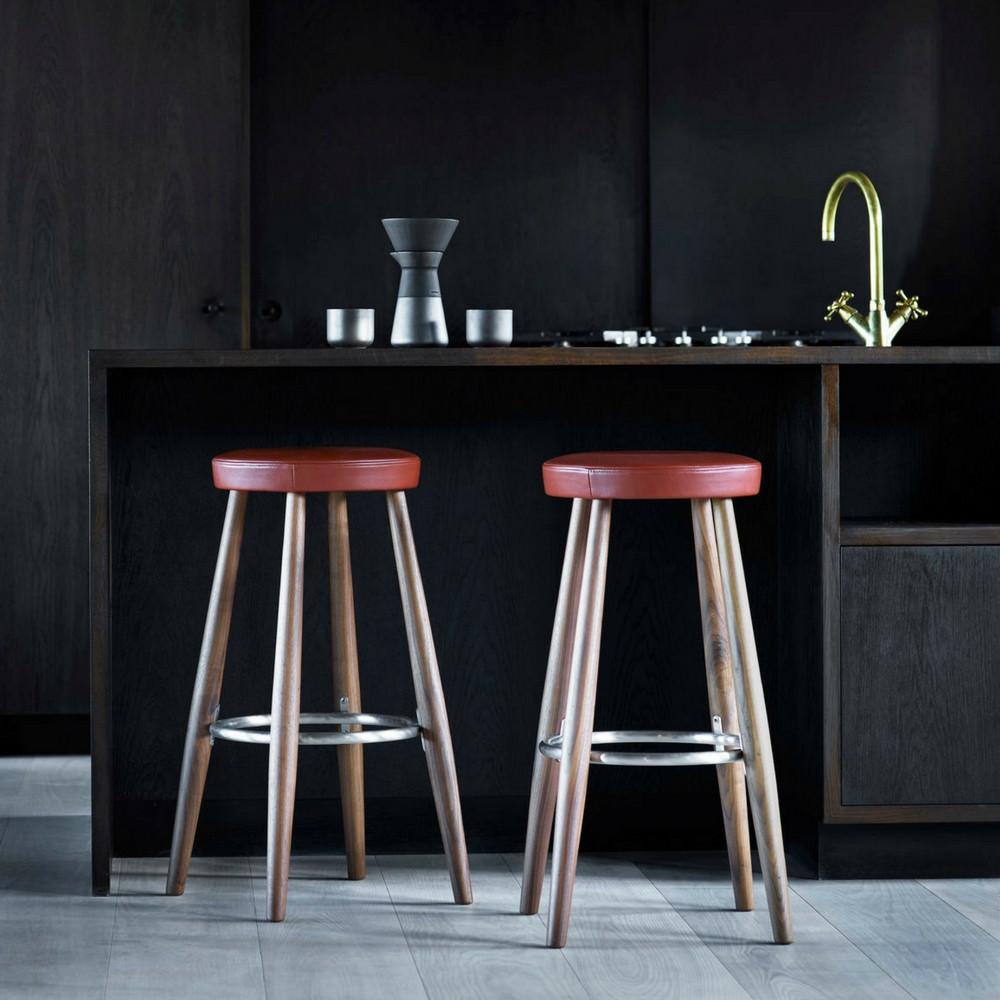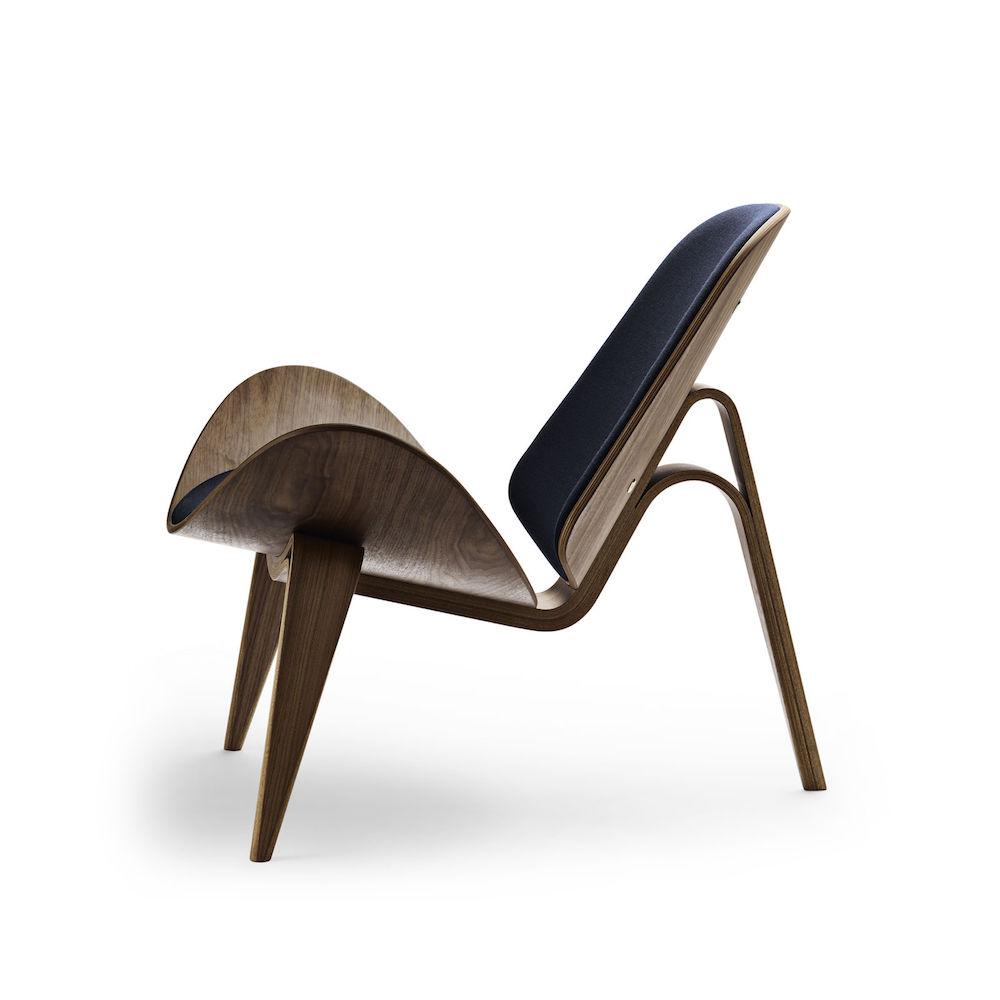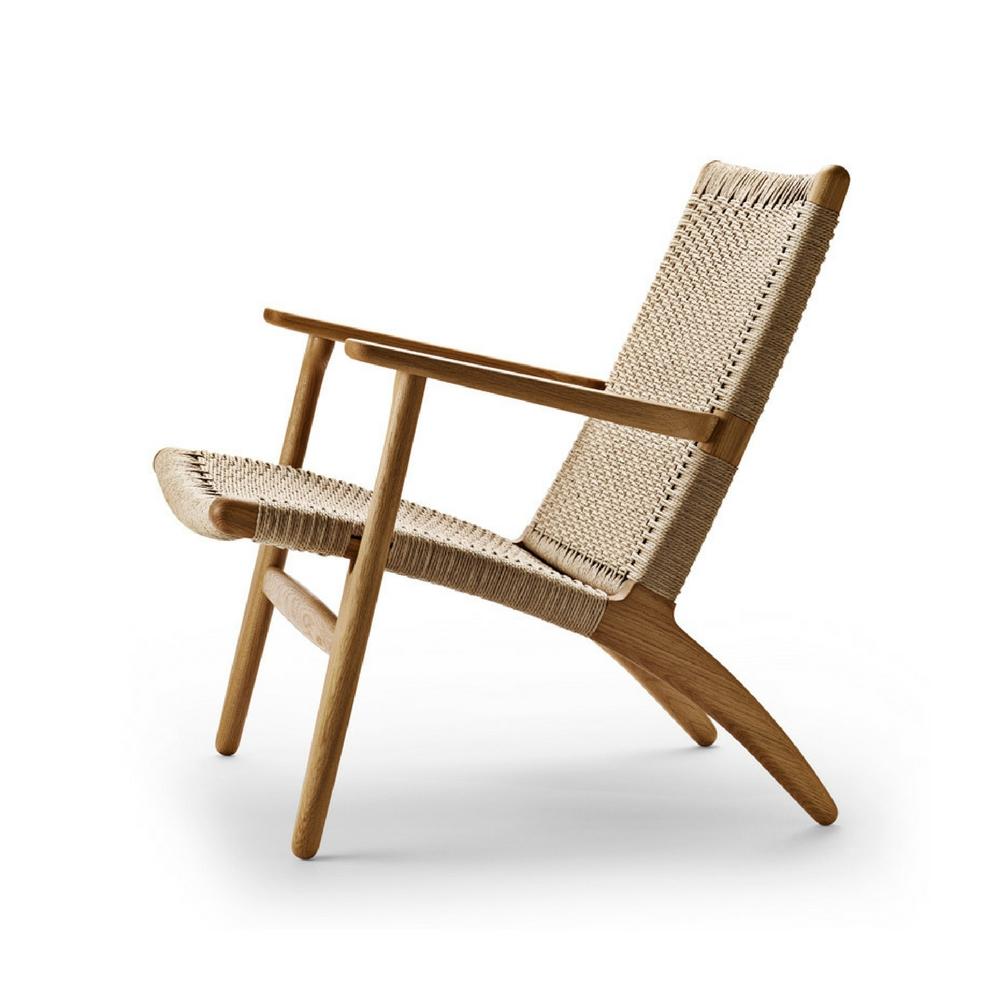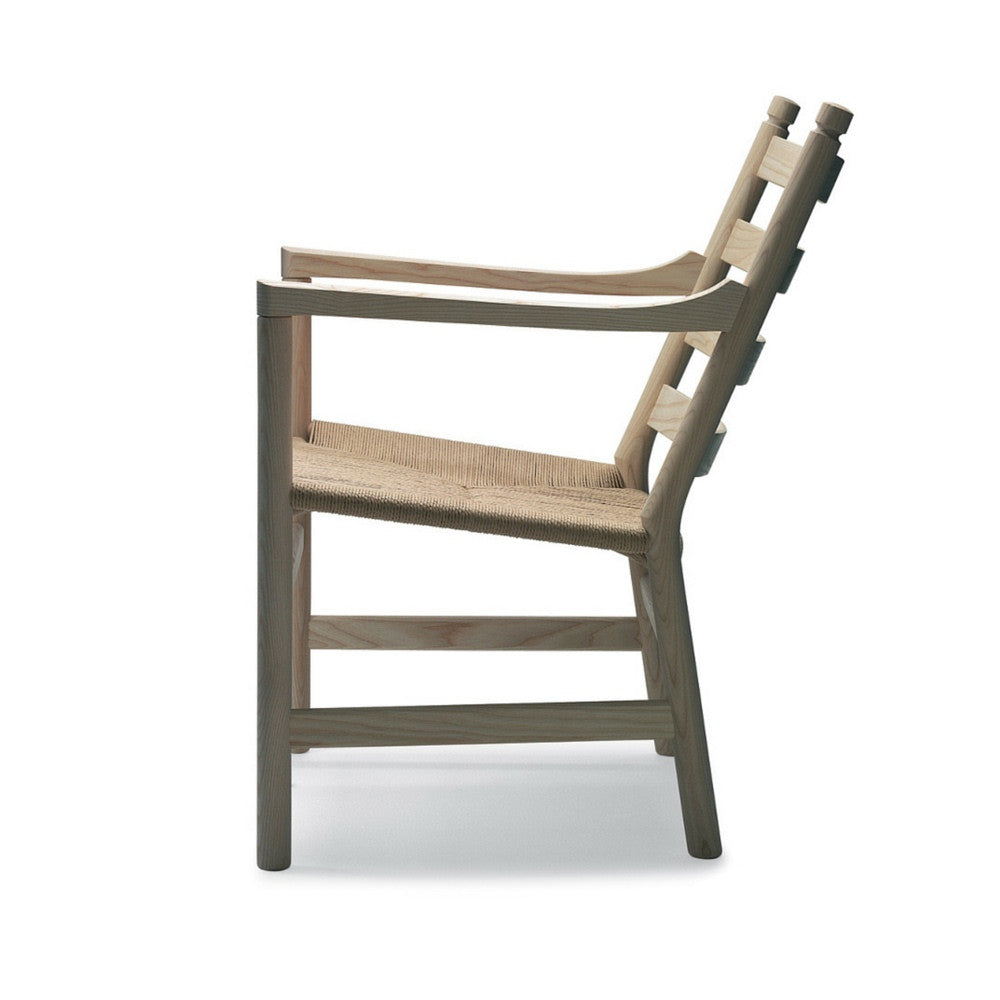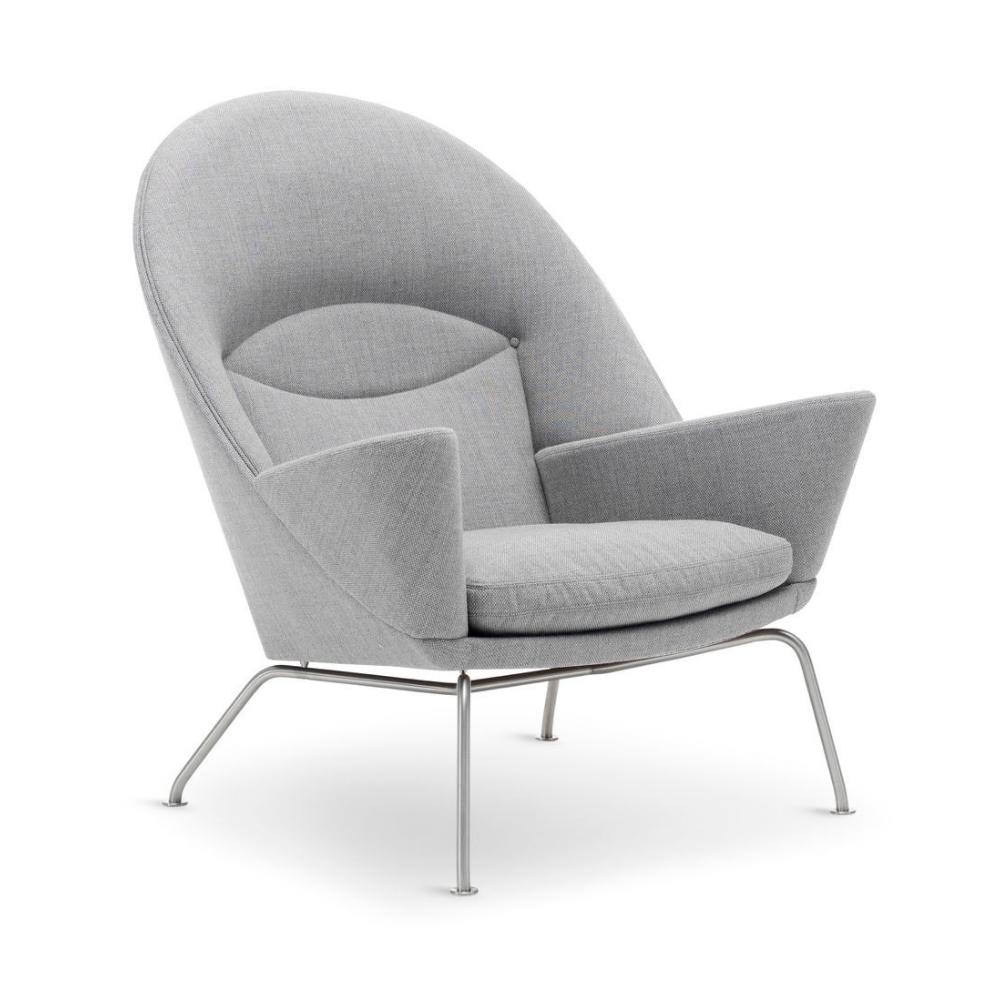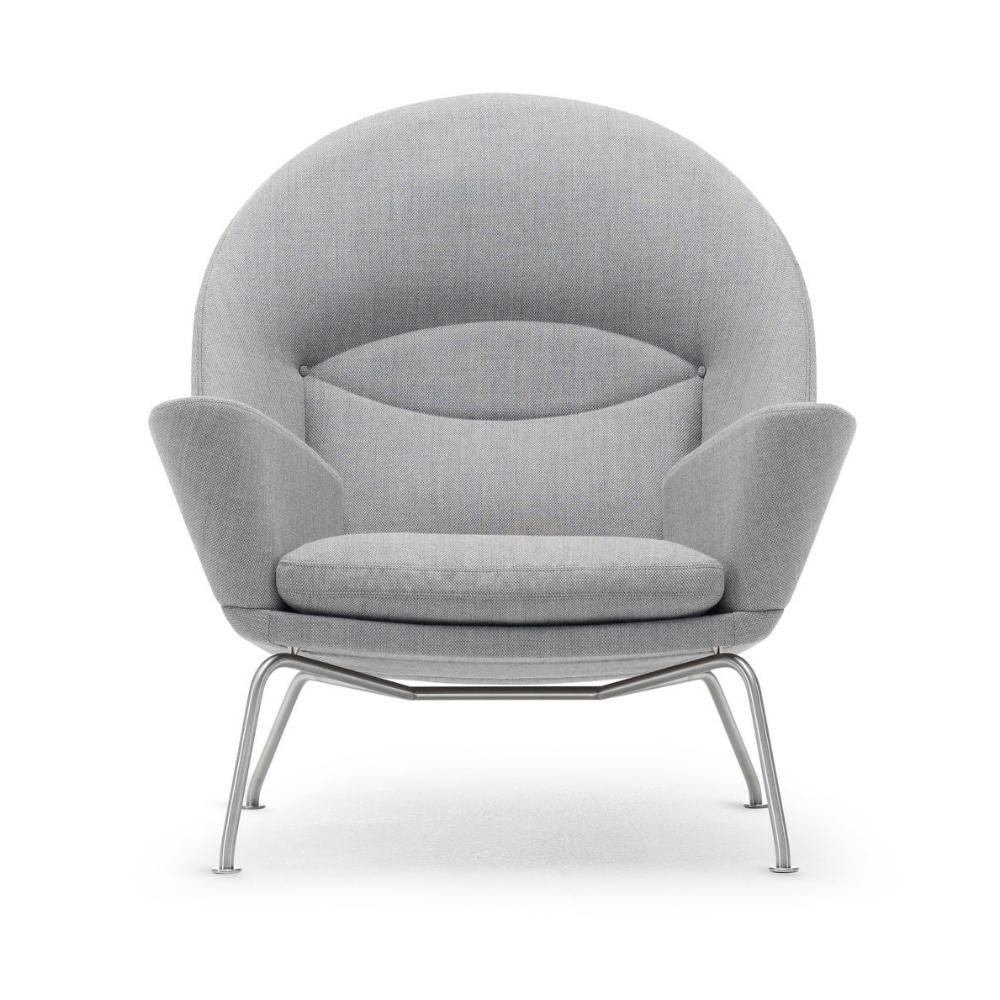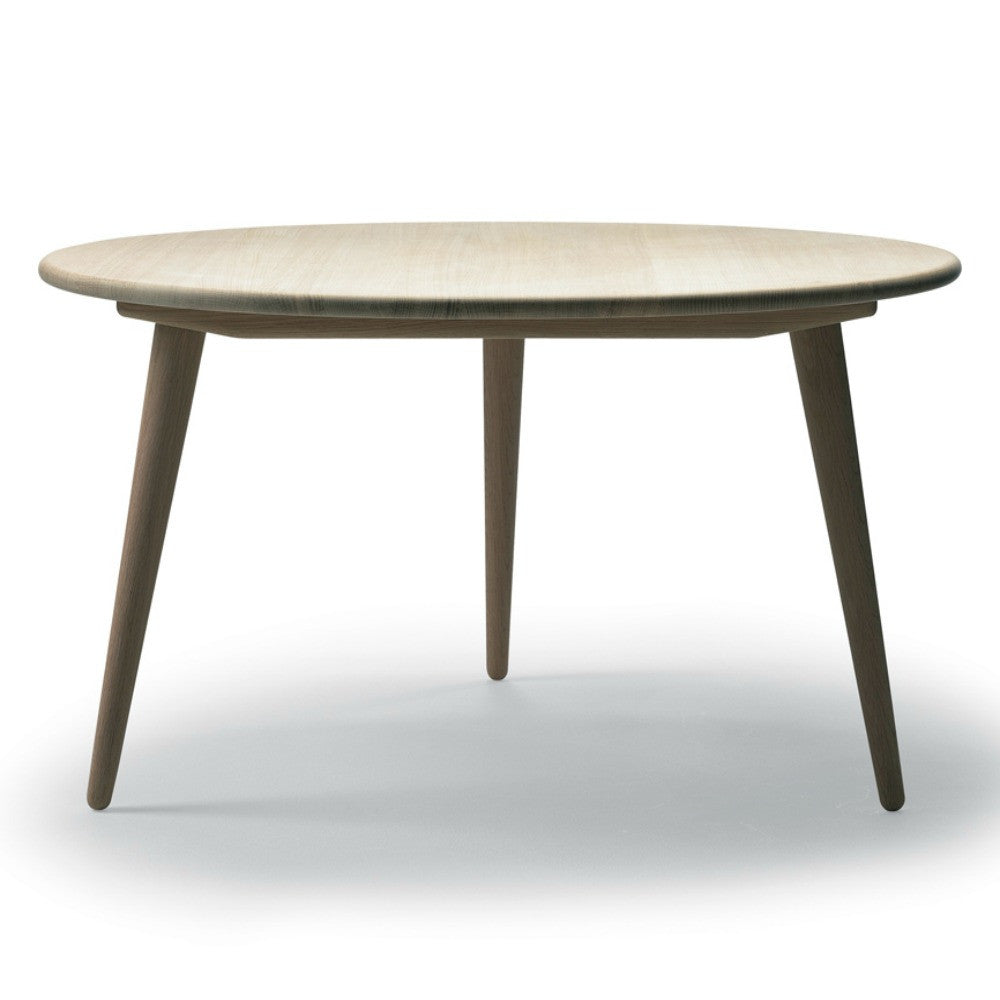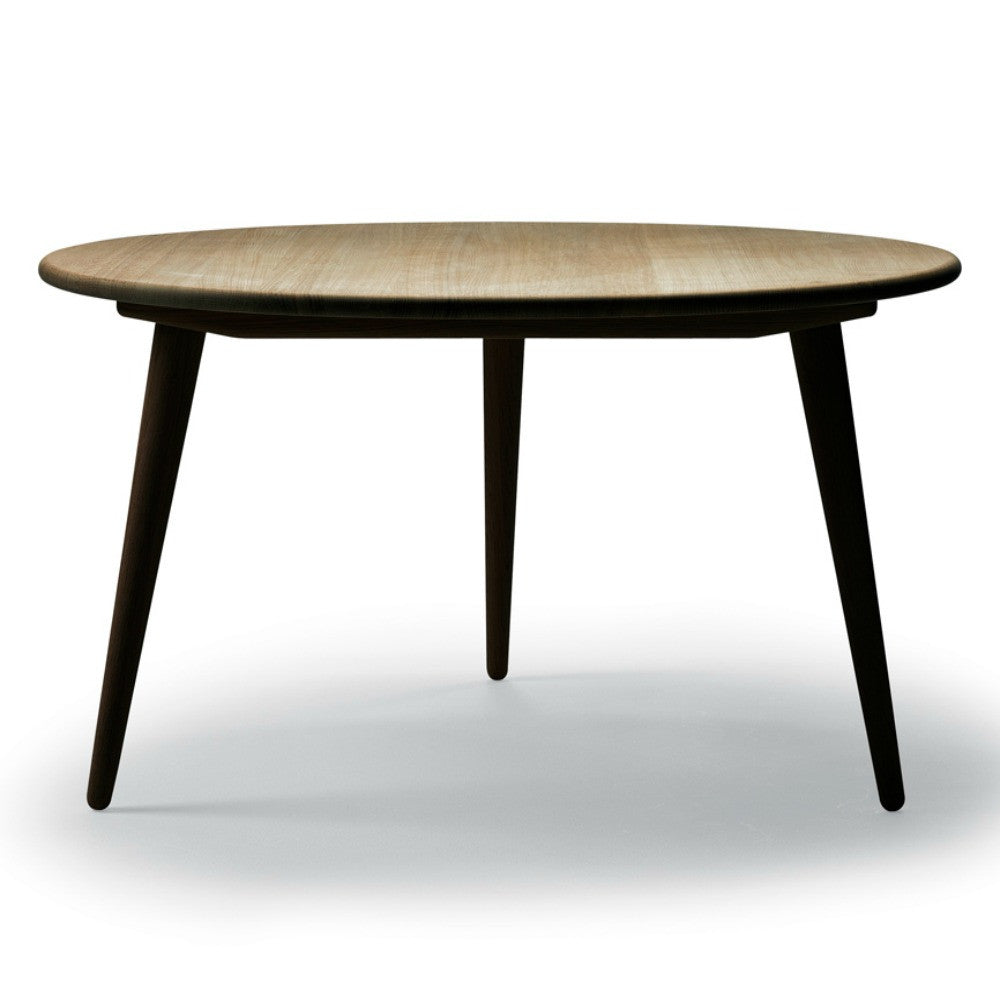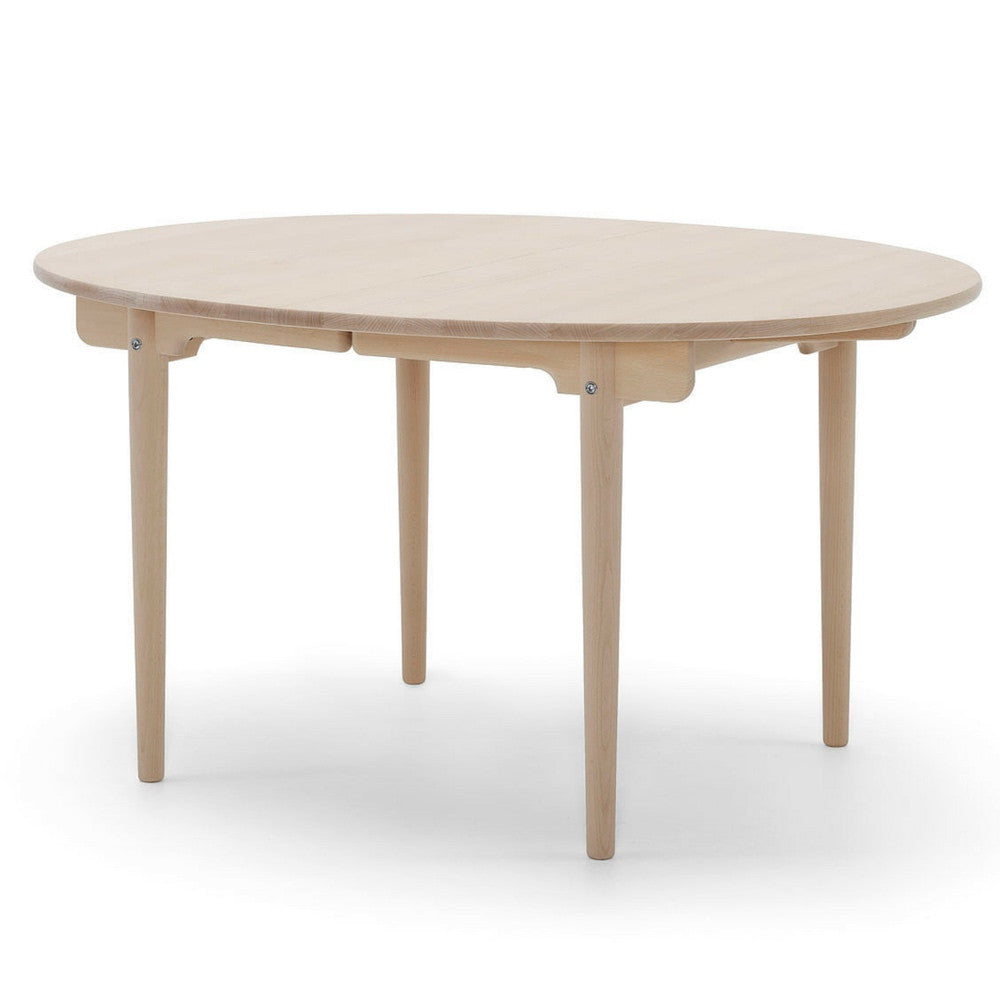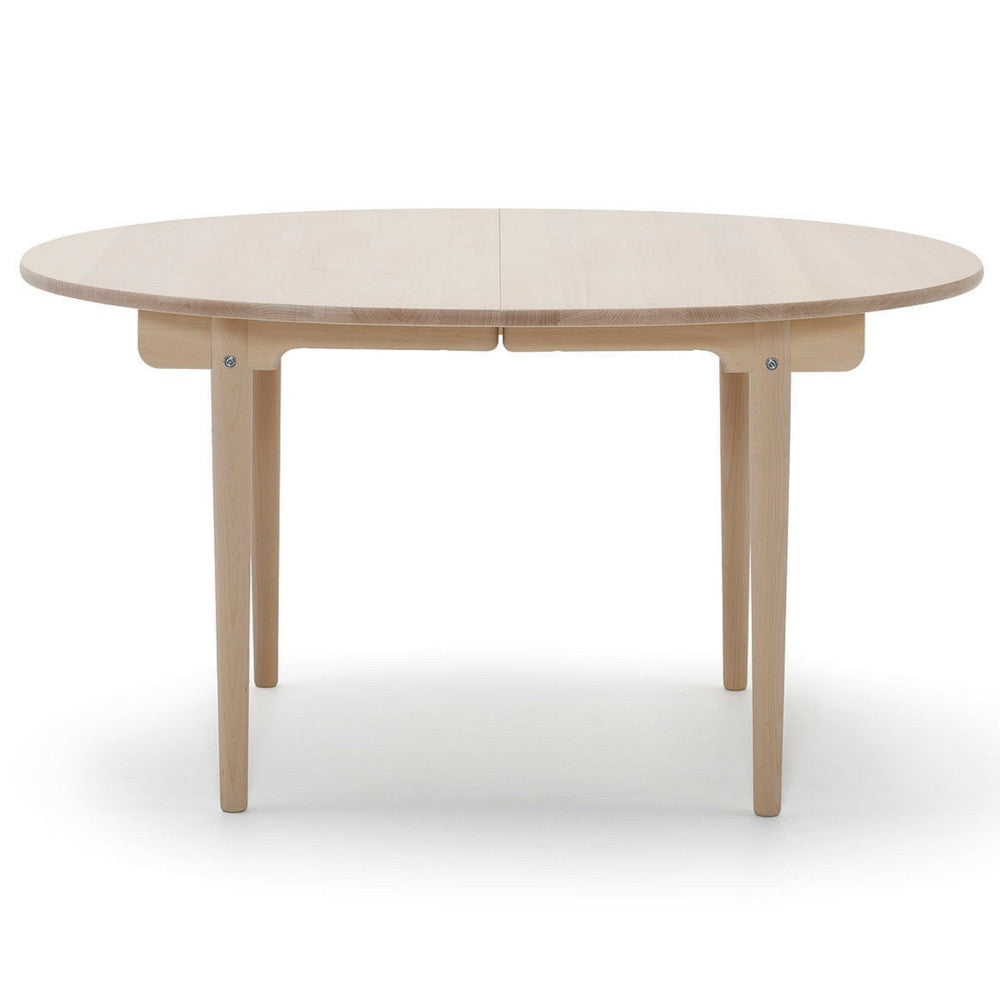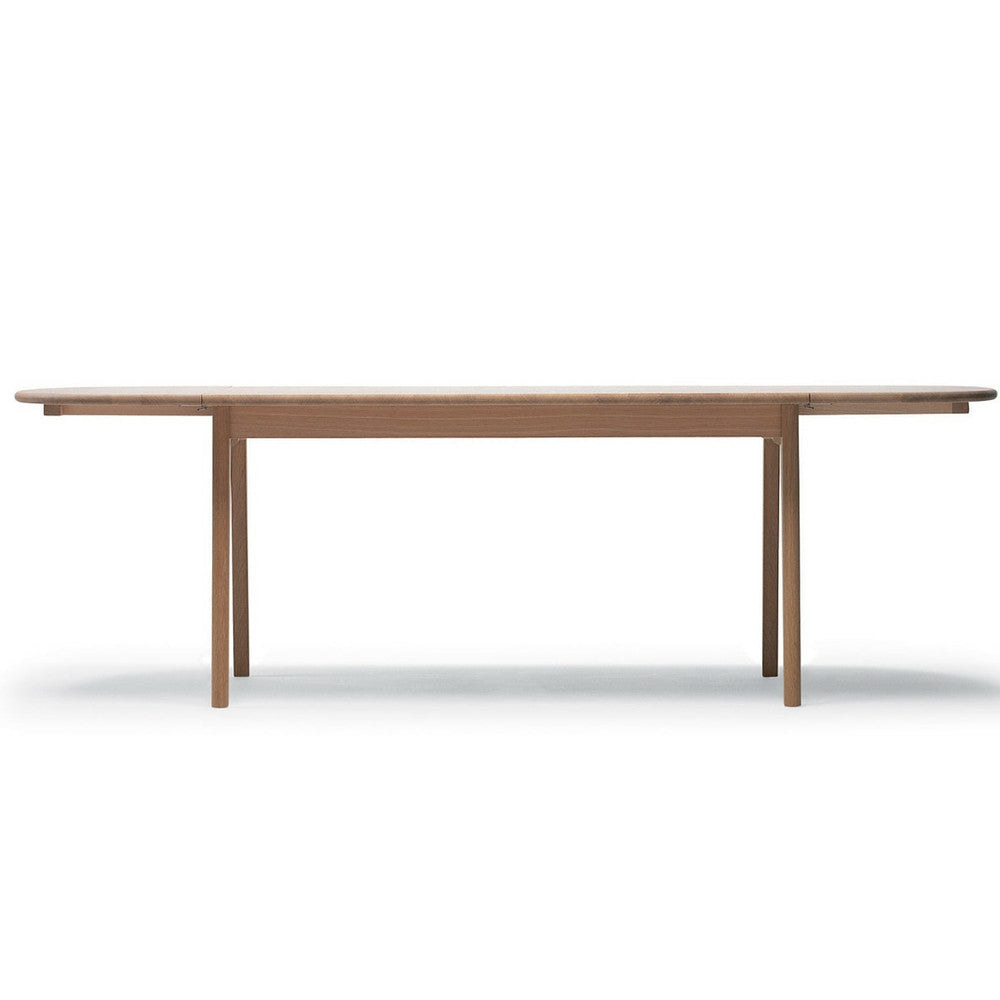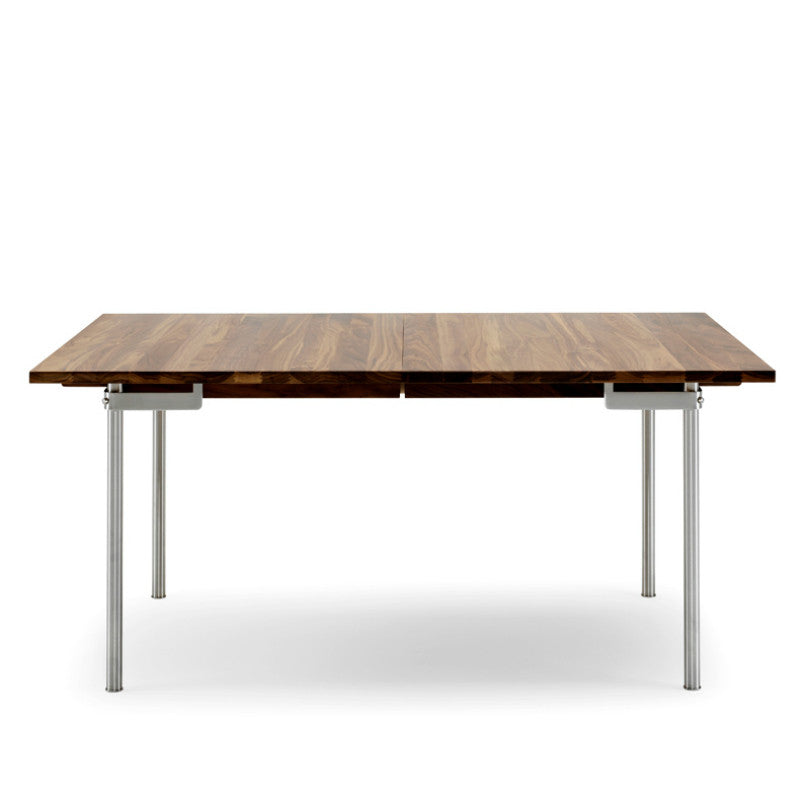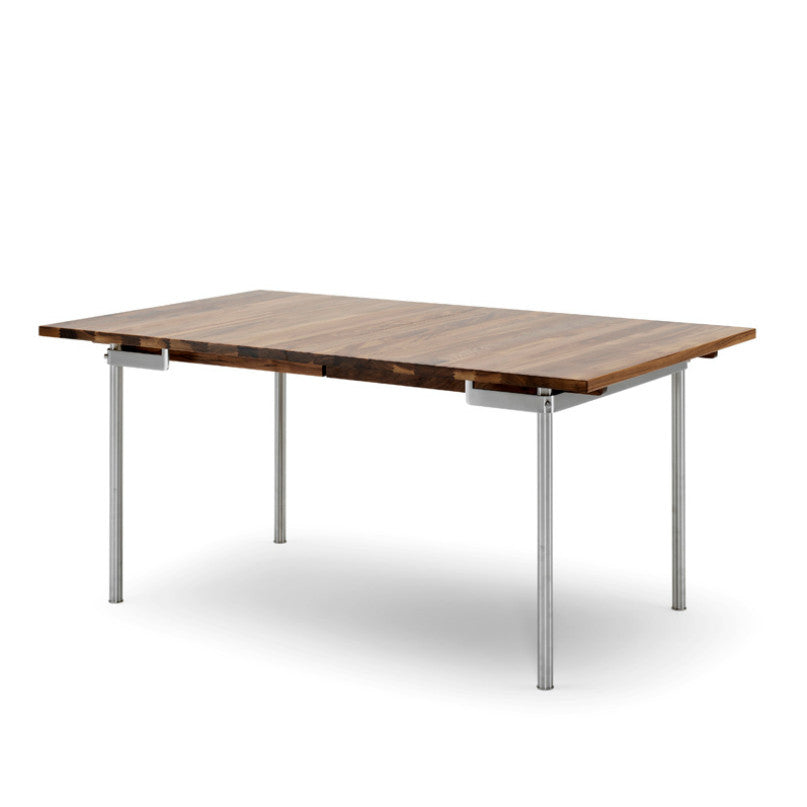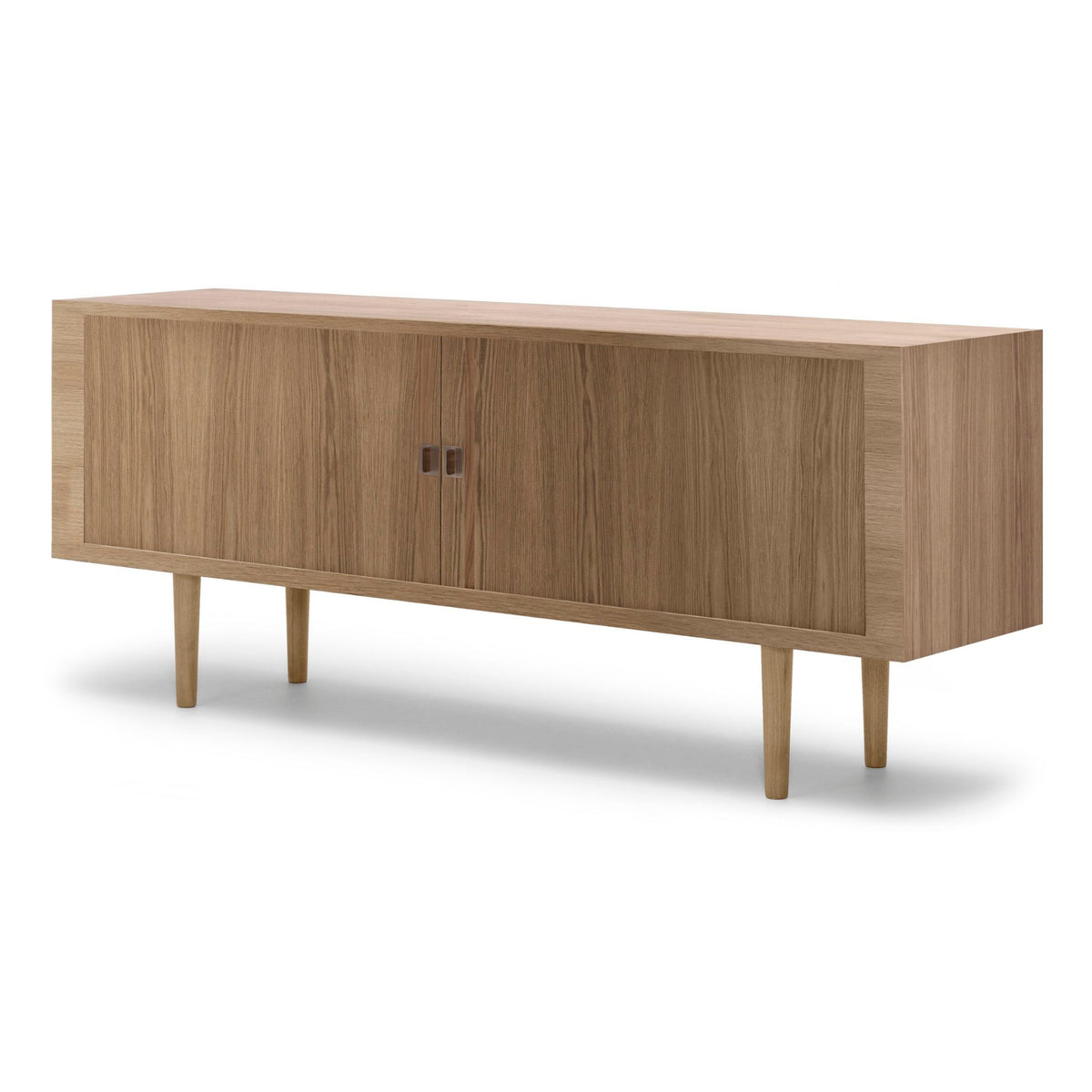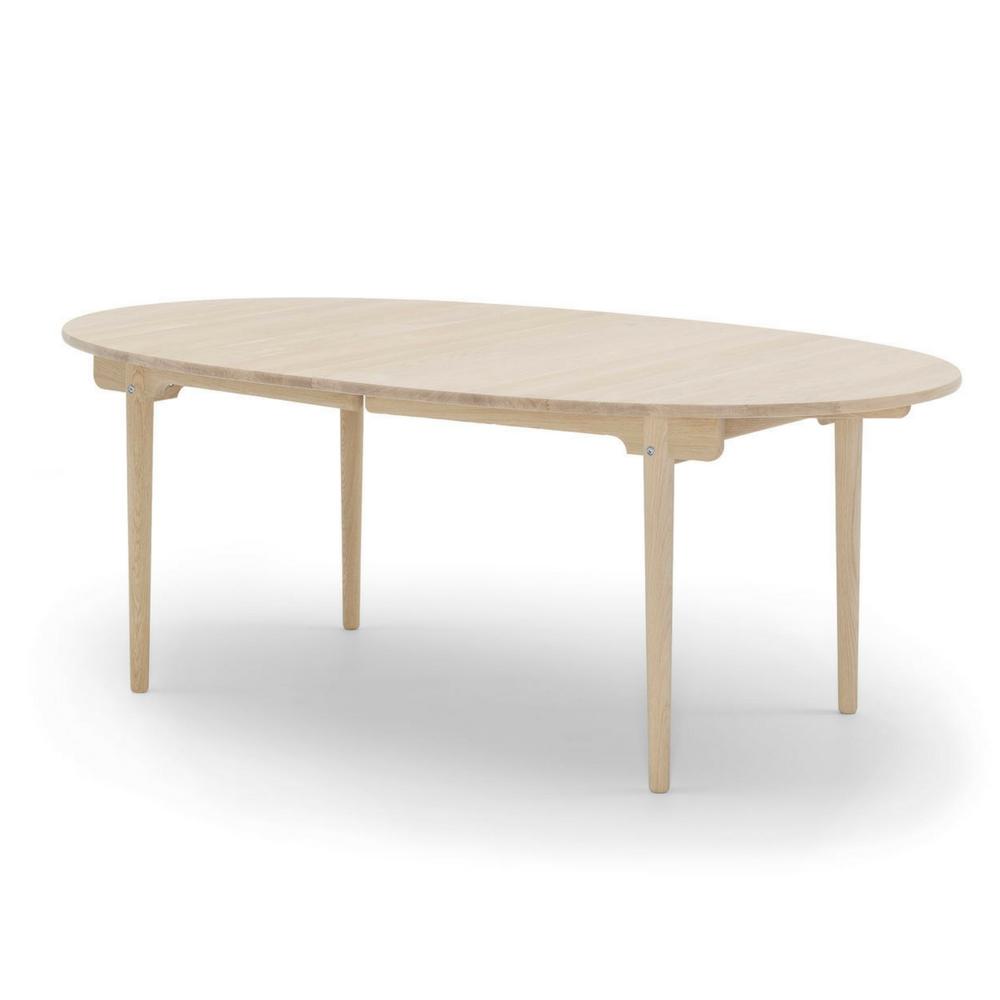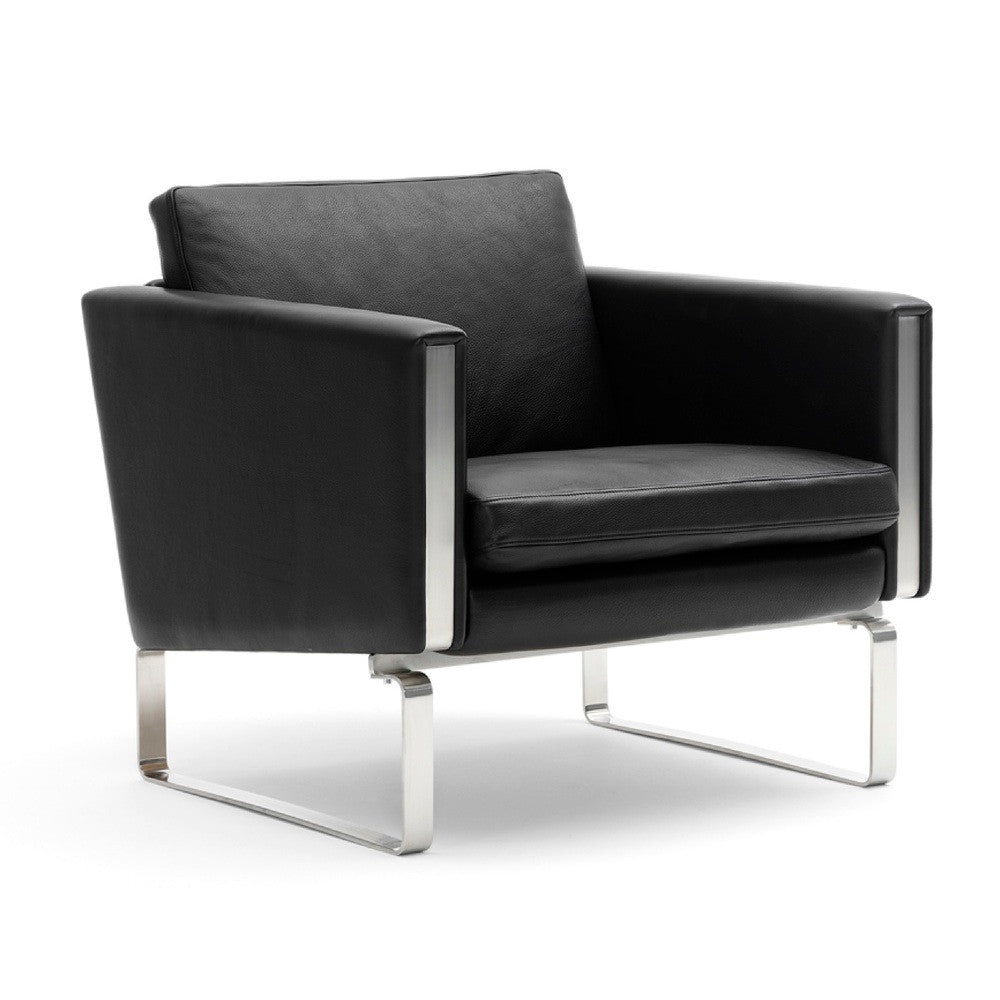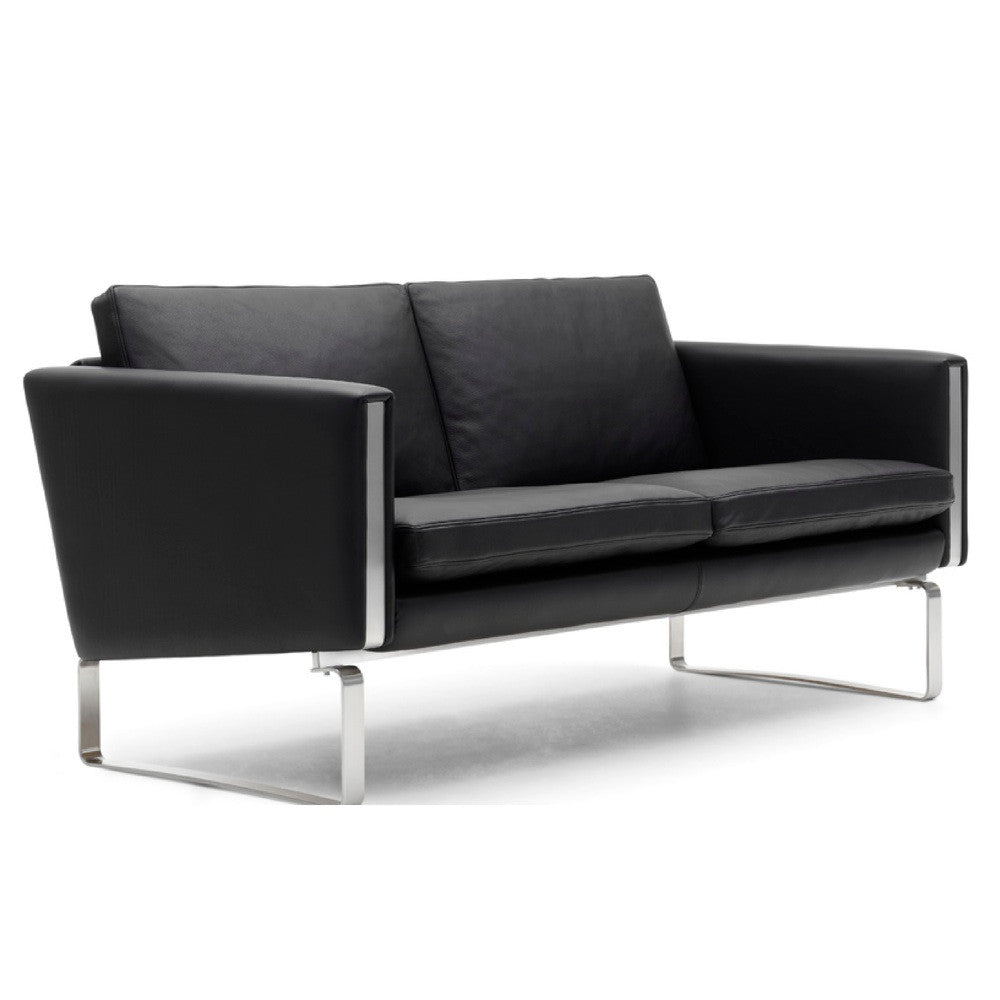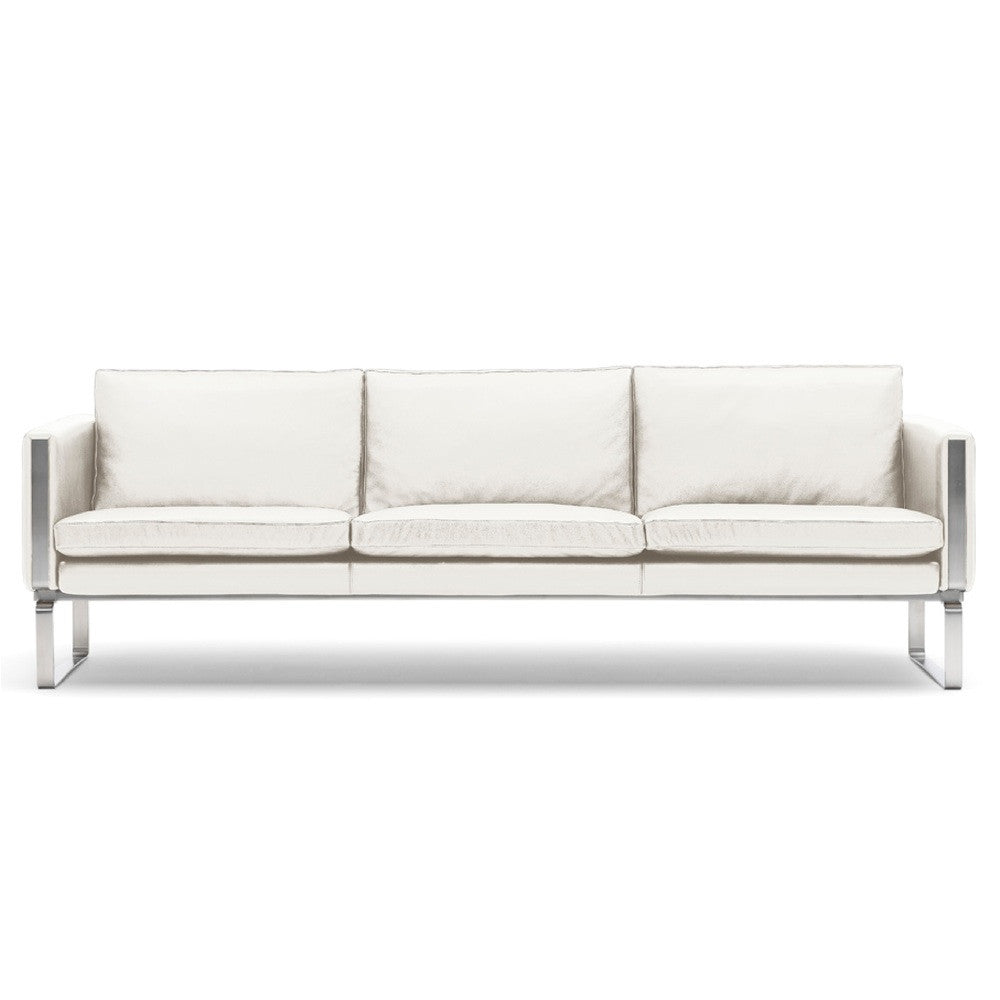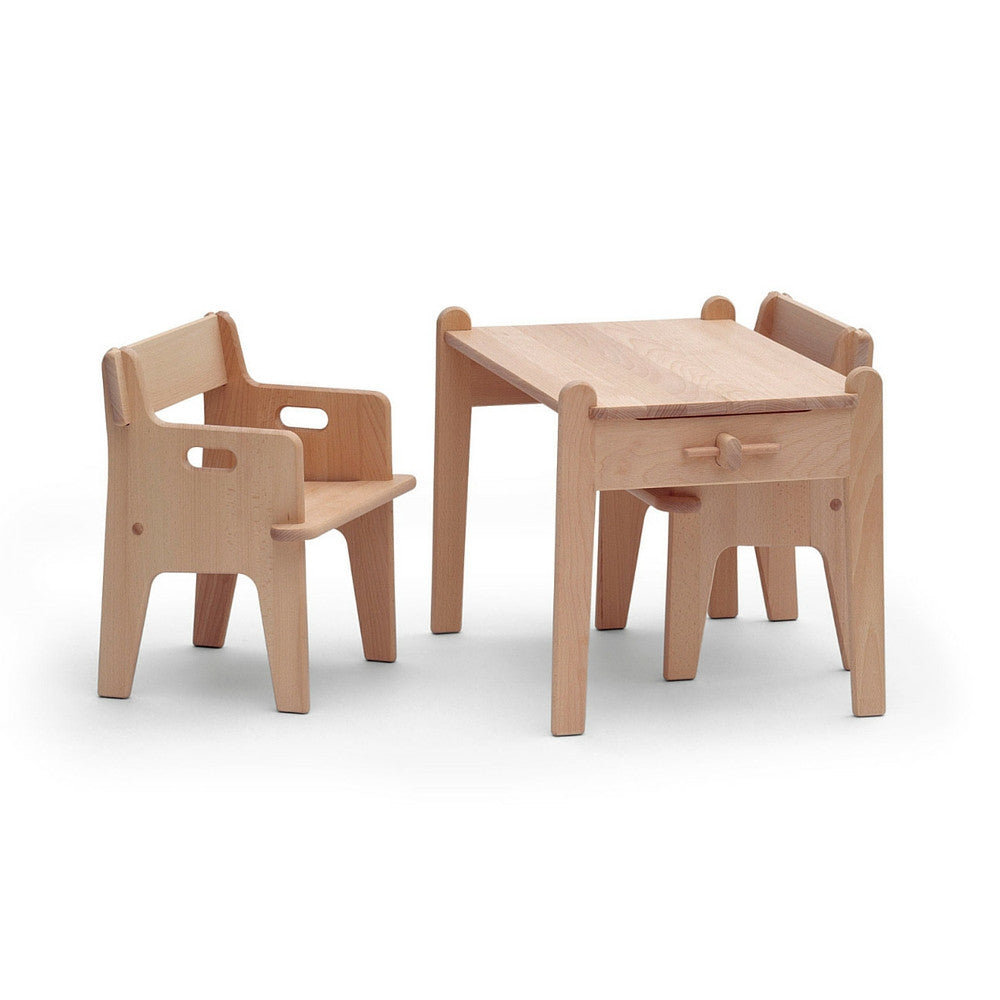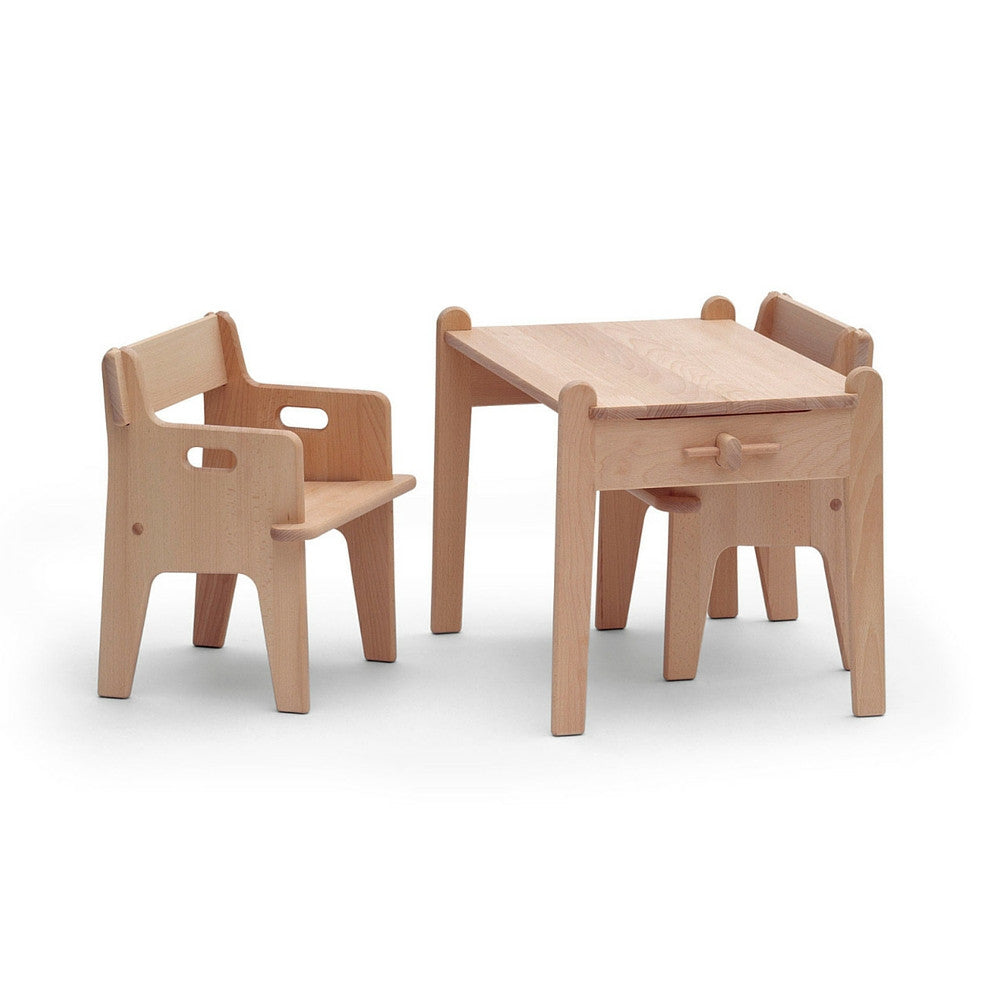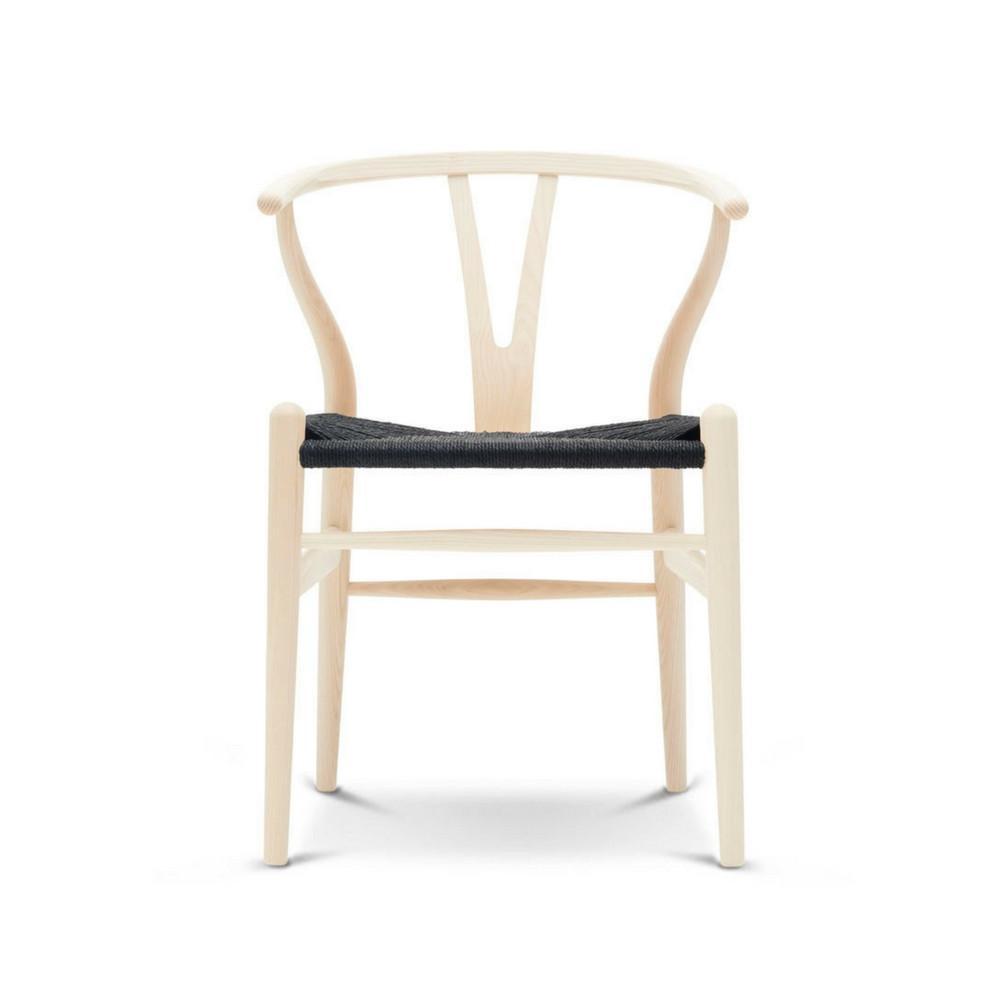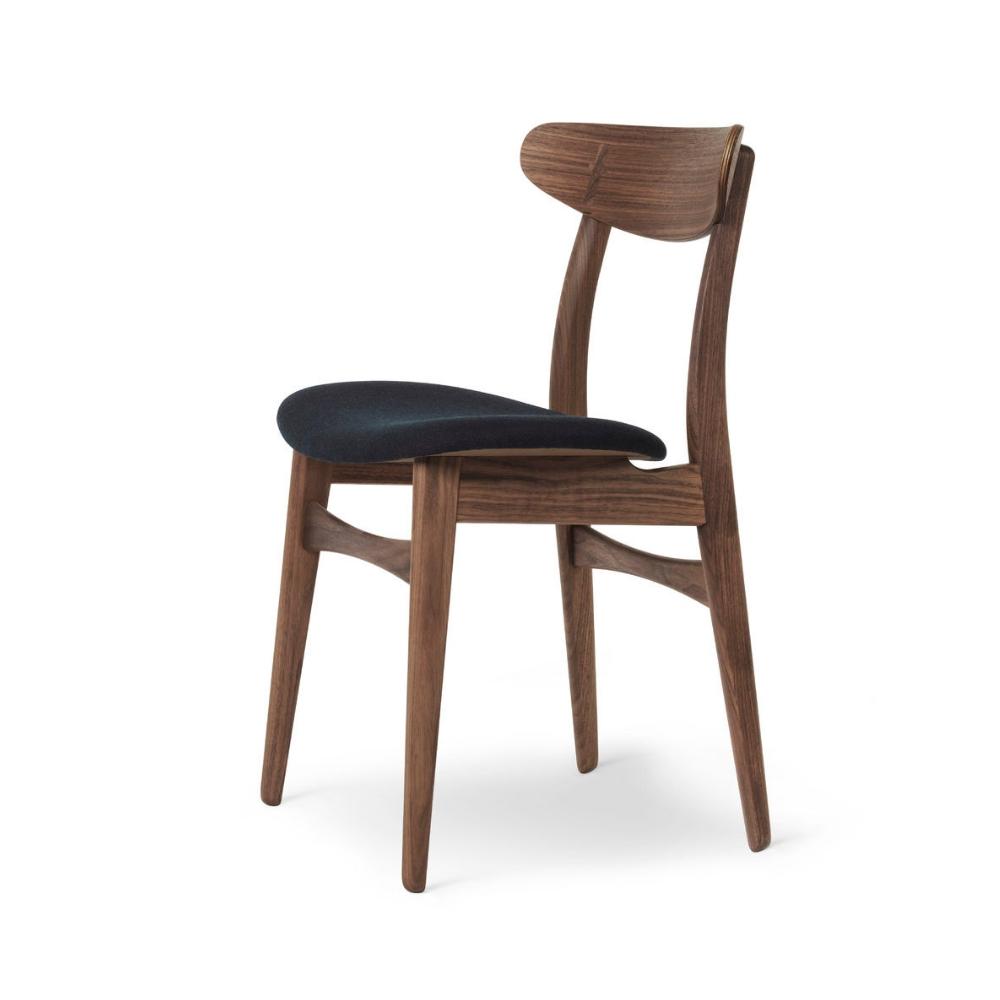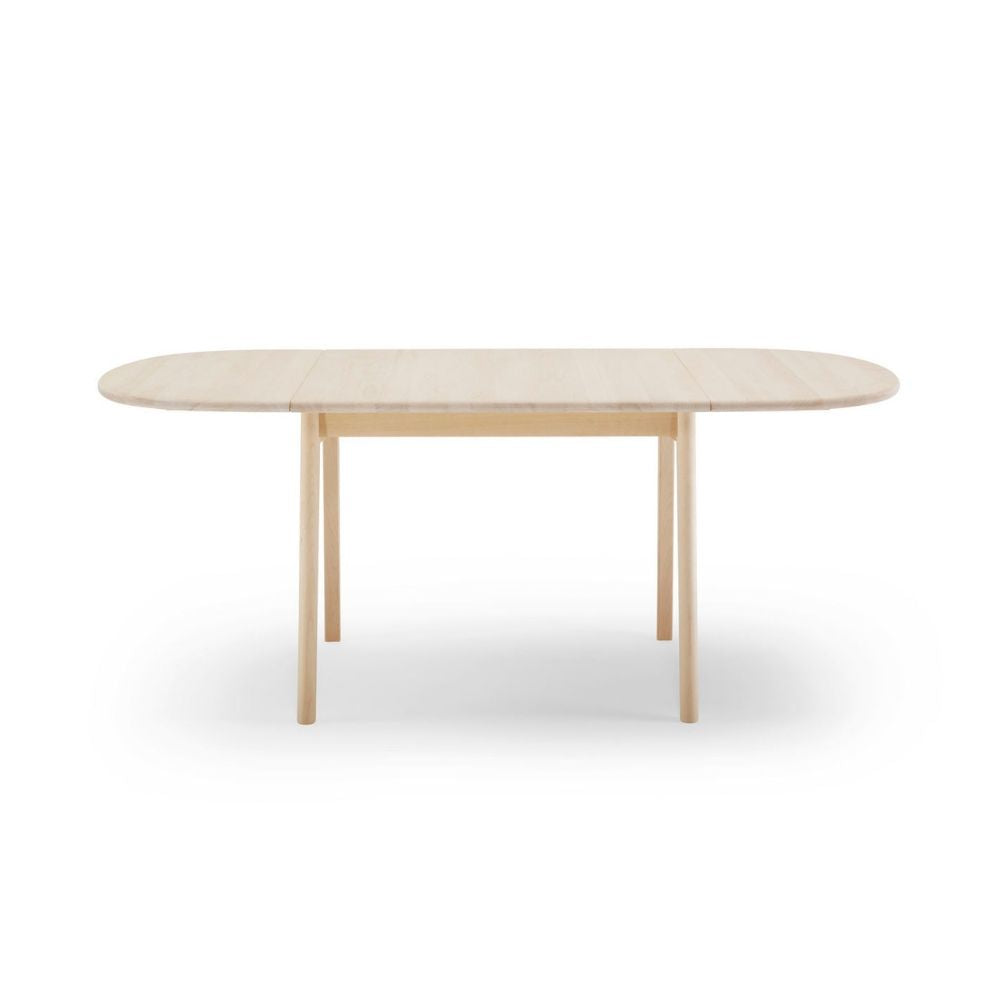
Hans Wegner, 1914 - 2007
Hans J. Wegner was born in Tønder, the son of a shoemaker. At the age of 17 he was apprenticed to a carpenter (H. F. Stahlberg) and it was at this time that he developed his first design. At the age of 20 he moved to Copenhagen to study at the institution now known as The Royal Danish Academy of Fine Arts, School of Design.
He studied there from 1936-1938, before studying further to become an architect. In 1940 Wegner initiated a joint project with Arne Jacobsen and Erik Møller in Aarhus, which involved fitting out Aarhus' town hall. It was also in 1940 that Wegner began to work with Master Carpenter Johannes Hansen, a man who played a significant role in bringing modern design to the Danish public.
Hans J. Wegner opened his own design studio in 1943, and in 1944 he designed his first "China Chair" in a series inspired by the Chinese Emperor's thrones.
One of the chairs in this series is what is probably Wegner's most famous work "The Wishbone Chair," which he designed in 1949, and which Carl Hansen & Søn has manufactured since 1950. With this chair and others, Hans Wegner was one of the primary forces behind the Danish Modern movement which did much to change people's view of furniture in the 1950s and 60s. His designs retain significant relevance for us today.
Hans Wegner was a master carpenter first and a designer second. He is well known for his perfectly finished joints and exquisite forms. Wegner always showed a deep respect for the wood and its character, and an everlasting curiosity about good materials. He gave minimalism an organic and natural softness. For these and many other reasons, Wegner is considered "the master chair-maker.” He designed more than 500 chairs during the course of his life.



